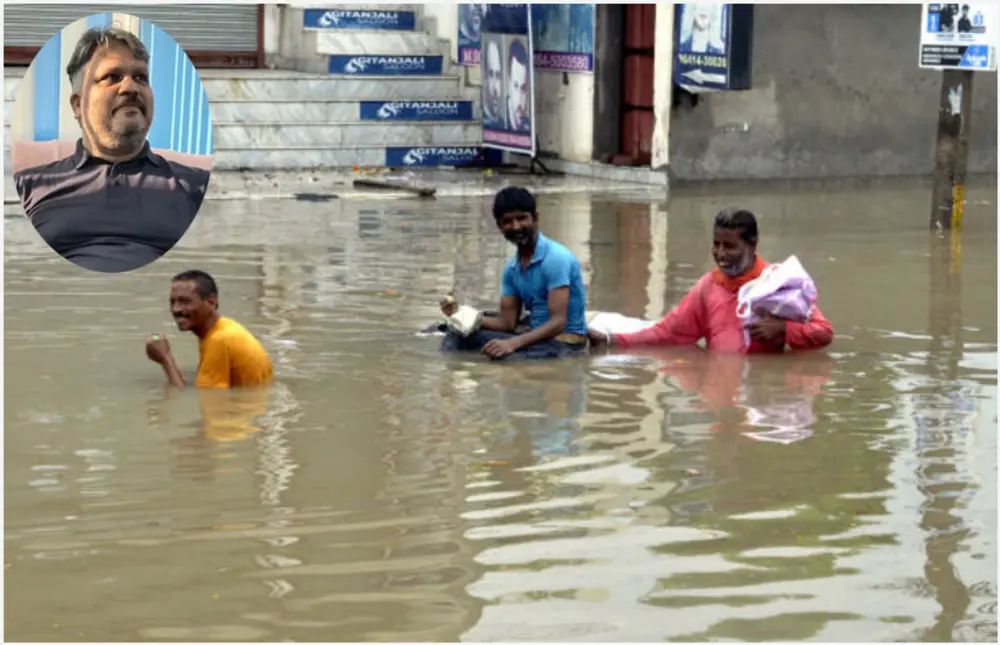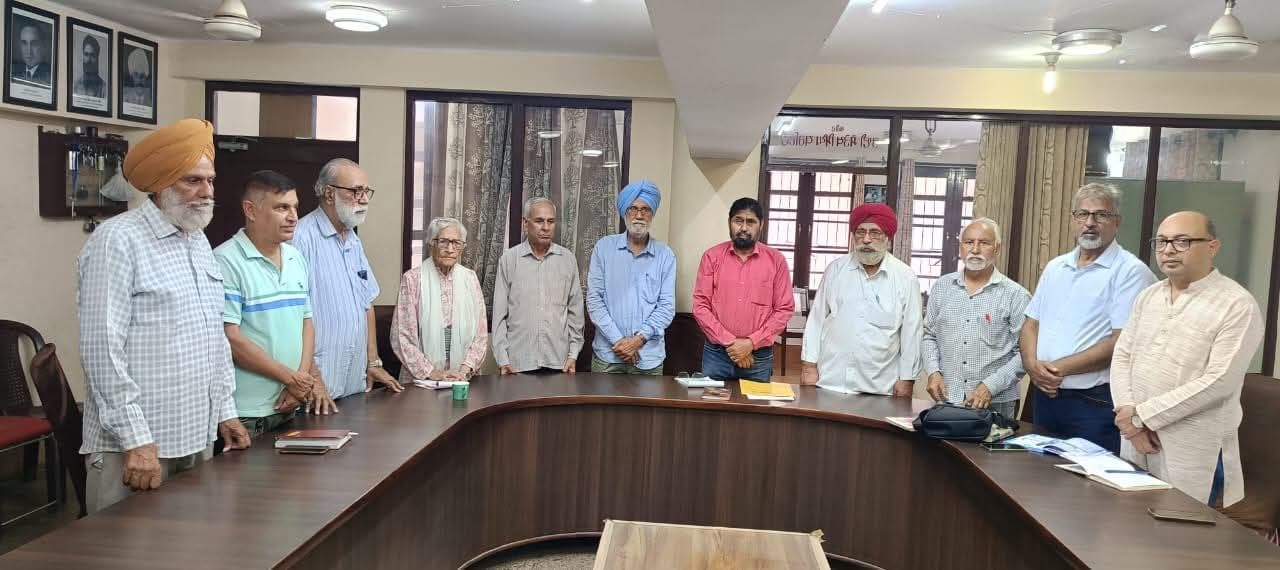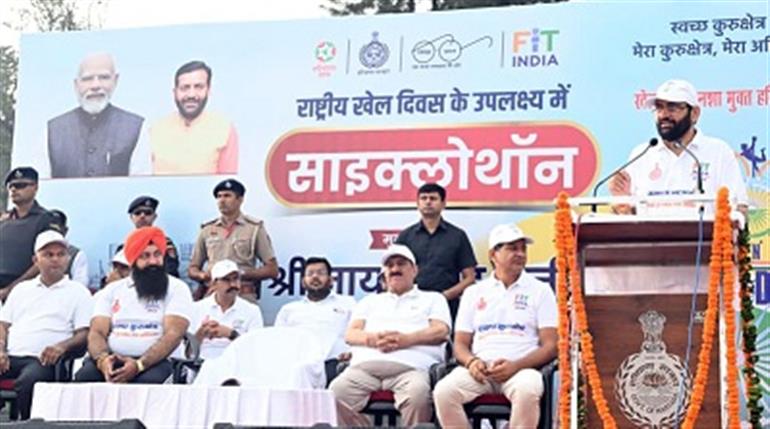
The Havoc of Floods - People in Distress
Punjab is currently reeling under the impact of floods. The areas near the three rivers of Punjab are facing severe difficulties and devastation. While we can call this a natural calamity, to a large extent, human errors are also contributing to this disaster. The primary reasons for the floods in Punjab are sudden cloudbursts in the neighboring states of Himachal Pradesh and Jammu and Kashmir, and the opening of floodgates at Pong Dam and Bhakra Dam due to rising water levels.
Punjab is currently reeling under the impact of floods. The areas near the three rivers of Punjab are facing severe difficulties and devastation. While we can call this a natural calamity, to a large extent, human errors are also contributing to this disaster. The primary reasons for the floods in Punjab are sudden cloudbursts in the neighboring states of Himachal Pradesh and Jammu and Kashmir, and the opening of floodgates at Pong Dam and Bhakra Dam due to rising water levels. At present, the Beas, Sutlej, and Ravi rivers are flowing at dangerous levels. Opening the gates of the dams built on these rivers is a compulsion for governments and administrative agencies. As a result, the districts through which these rivers flow are currently facing alarming conditions. Schools have been closed in several districts. People are being asked to move to safer locations. The connectivity of many villages with district headquarters has been severed.
In 1988, Punjab faced the worst floods, when all the rivers swelled beyond capacity, leaving thousands homeless and causing hundreds of deaths. This is an almost annual calamity during the monsoon season that the states of northern India have to confront. If we talk about the present situation, the waters of the Sutlej, Beas, Ravi, and Ghaggar rivers have wreaked havoc on crops, livestock, and people in over 1,400 villages across 19 districts of Punjab. Although the state government has made extensive arrangements to protect people from this disaster, more than 25,000 people have been shifted to safer locations. So far, over three dozen people in Punjab have lost their lives. Many are missing. Nearly 260 houses have collapsed. The most affected victims of this tragedy are the voiceless animals. They face difficulties in finding fodder and shelter. Many animals are swept away in the floodwaters.
The Punjab government is issuing various instructions to minimize loss of life and property. Several areas and villages have been evacuated. People have been asked to remain vigilant in every possible way. Relief camps have been set up at 168 locations in the affected areas, and medical camps have been established at 243 locations to provide healthcare assistance. We consider water to be life. If we look at history, all civilizations around the world have settled and flourished along riverbanks. If the water of these life-giving rivers were so deadly, the civilizations of the world would not have made riverbanks their homes.
The main reasons for the devastation caused by floods are heavy rainfall in Himachal Pradesh and Jammu and Kashmir, cloudbursts, and the release of water from dams into the rivers. Obstructions in the flow of rivers, seasonal streams, and drains are causing them to change their course. A breach in the Dhussi Bandh of the Sutlej has brought over 100 villages in Jalandhar, Kapurthala, Tarn Taran, and Firozpur districts under the grip of floodwaters. Regular cleaning of rivers, streams, and seasonal drains is necessary. The lack of timely cleaning is also a major cause of floods. The Sutlej is the longest river in undivided Punjab, but much of its water is stored in the Gobind Sagar Lake of the Bhakra Dam, causing the river to flow with minimal water for most of the year. Without considering future risks, people have started farming in its catchment areas. Houses, settlements, and slums have been built in many places. During the monsoon season, these areas bear the brunt of the floods.
The need of the hour is for the government and the public to provide every possible assistance to the flood-affected people. Proper arrangements for shelter and food should be made for the people. Care and fodder arrangements should be ensured for livestock and animals.
—Davinder Kumar














